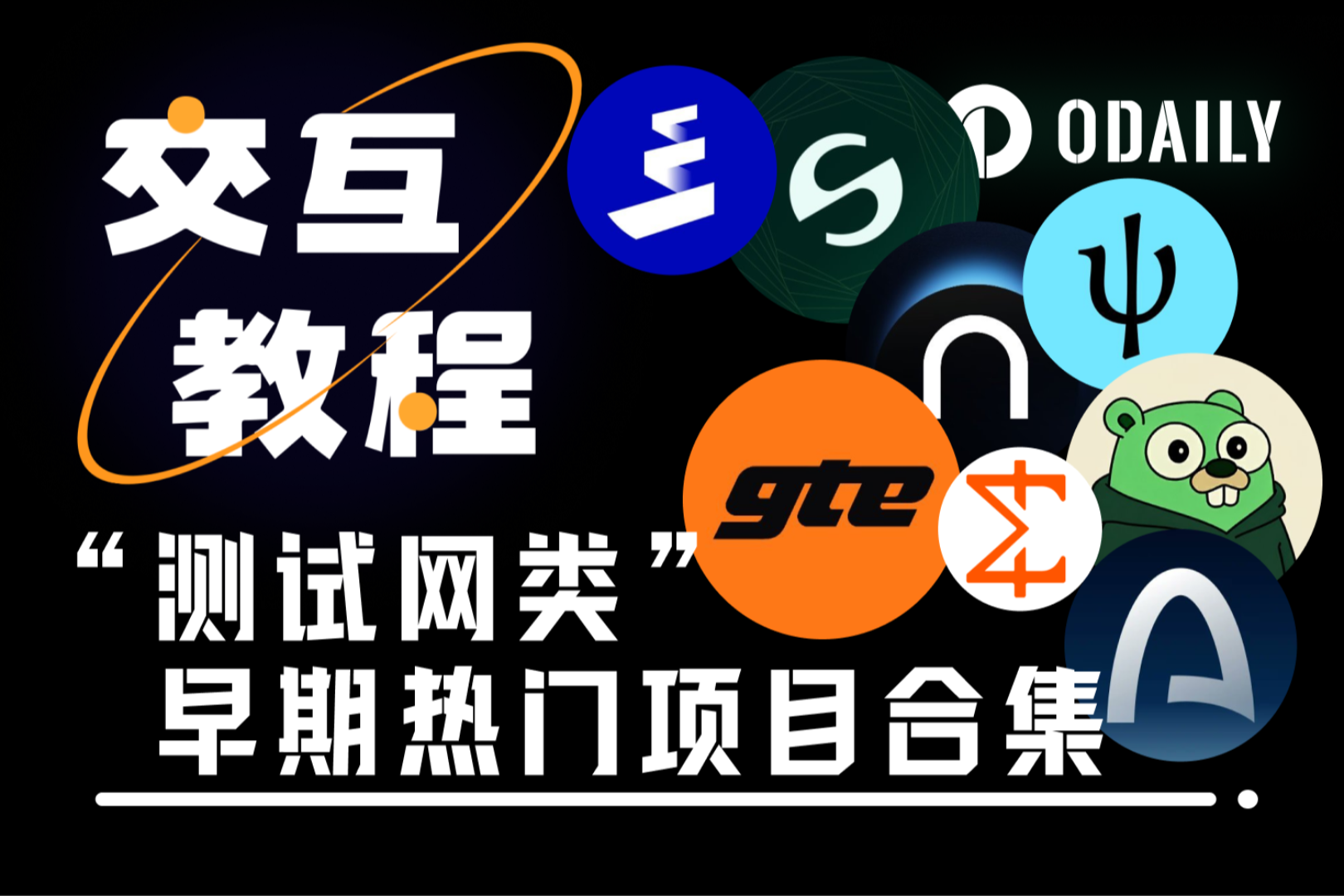Behind Binance Life, who controls the emotional engine of Web3?
- 核心观点:Web3市场由情绪驱动与基础设施双螺旋构成。
- 关键要素:
- Meme币锚定文化情绪,三天涨7000倍。
- Fourmeme日收140万美元,70%交易者盈利。
- TaskOn通过任务系统实现行为驱动增长。
- 市场影响:推动情绪资产化与基建工具创新。
- 时效性标注:中期影响
Sentiment is the market's barometer. Robert Shiller wrote in Narrative Economics: "Stories drive the economy."
During Token 2049's carnival week, downstairs at Singapore's Marina Bay Sands, you could hear people passing by discussing how to beat a dog. In Bangkok's Chinatown, gold shops were packed with people, with clerks erasing old prices and replacing them with soaring ones. Meanwhile, in Telegram groups, another feast was raging—a collective revelry for "Binance Life."
But every emotional climax is the prelude to a crisis. The "1011" black swan event and the USDe unpegging triggered a run on revolving loans and caused a major collapse of the copycat market. A series of financial chain reactions caused the market to fluctuate violently between high temperature and freezing point.
This is the true epitome of Web 3: an emotion-driven market, an eternal collision of order and entropy.
The floodgates behind the meme wave
The meme wave is absurd cultural memes encapsulated as liquid assets, a social game equilibrium mobilized through group emotions, and a financial experiment about narrative, group and desire.
On the eve of F1, the streets of Singapore are crowded with people. Every year when Token 2049 ends, my friends and I gather in front of the food stalls. I asked Heisenberg from Cypher 9 Venture: What is the narrative logic of Meme Coin?
Heisenberg said: Unlike altcoins that are anchored to utility, memes are fundamentally anchored to culture and belonging.
It is a kind of "emotional finance" that brings together speculation, belief and self-expression.
Shortly after our conversation, the Binance Meme began to create a new meme-based wealth-making myth.
One can't help but sigh, He Yi is a marketing genius. "Binance thinking, buy BNB, drive a Binance car, live in a Binance community, enjoy a Binance life"—this famous Chinese-speaking "Apple" meme collides with the money-making machine of memes, creating a perfect storm of speculation, rebellion, empathy, and collective delusion.
In three days, the price increased by up to 7,000 times, and the most powerful meme symbol in the Chinese-speaking world finally appeared.
Looking at the soaring price of the currency, I am reminded of what Heisenberg said: People have long been tired of the market logic dominated by institutions, and no longer believe that narratives will be fulfilled. When speculative narratives regain the upper hand, Meme becomes an outlet for social anxiety and a resonance point for collective emotions.
He took a final sip of his beer and said, "I'm more afraid of missing out than making money."
It seems like FOMO is the real currency of this movement.
The explosive growth of the Binance meme is a result of marketing and the inevitable result of the booming trading on the BSC chain. Fourmeme, the largest meme launcher on the BNB Chain, boasts daily revenue of $1.4 million, surpassing Pump.fun, the leader in the Solana ecosystem. According to Bubblemaps data, approximately 70% of traders on the Four.Meme platform are currently profitable, demonstrating a significant wealth effect.
As early as July, the Onchain Playground trading competition jointly launched by Fourmeme and TaskOn provided a completely different perspective: how to transform emotions and enthusiasm into feasible and trackable user behavior through trading competitions.
The trading competition was held on TaskOn's ChainEarn. Fourmeme brought together five popular meme coins, including $EGL 1, $Janitor, and W. TaskOn designed a sophisticated "three-dimensional" flywheel gameplay, which elevated the competition from simple internal competition to a strategic dimension.
The emotion-driven market represented by Meme Exchange has extremely strong trading sentiment. TaskOn provides the infrastructure for task publishing, leaderboards, reward distribution, and behavior verification. The final transaction volume reached US$3.14 million, verifying the behavior-driven and data-verifiable growth model through trading competitions, and realizing a closed-loop system from traffic to behavior to loyalty.
On the other side of the meme craze and emotional game, Hyperliquid, known as the on-chain Binance, represents the resurgence of rationality and efficiency.
Hyperliquid is building a truly high-performance, low-latency, permissionless DEX on-chain. It offers transparency through on-chain matching and clearing, countering the trust costs inherent in centralized exchanges. This brings the speed, depth, and stability of CEXs to the on-chain world.
This isn't just a technical issue; it's about rebuilding market trust. Memes release collective emotional tension, while Hyperliquid narrows the flow of that emotion.
DOGE, PEPE, Binance Life, every bull market will give birth to its own emotional symbols, and there will always be new liquidity engine outlets such as Uniswap, dYdX, Hyperliquid, and TaskOn.
Sentiment drives market heat, while infrastructure and growth management tools together form the double helix of the Web 3 world.
The Macro Value of Web 3: The Full Spectrum of Finance
In the Web 2 era, "value" was strictly defined—stocks, bonds, real estate, and currency. These had ledgers, valuations, and oversight. Web 3 breaks this monolithic paradigm: it expands the expression of value from "assets" to the sum of information, attention, emotion, and trust. This is the core proposition of the "Internet of Value": anything that can be perceived, communicated, and traded can be financialized.
We can clearly see the evolutionary path of the Web 3 industry, which is to package all markable behaviors into liquid assets through the full spectrum of finance, allowing the complex world to be understood again.
How can we transform these exciting concepts of Web 3 into consensus, allowing speculative users to unconsciously contribute their own strength and achieve a two-sided market and network effects?
The transformation of marketing: from growth to dream creation
The essence of marketing is attention grabbing, especially in Web 3, where marketing is the core algorithm.
Unlike the AARRR funnel model where users are “converted”, Web 3 needs “co-creation partners”.
Web 2 marketing relies on traffic, while Web 3 marketing relies on consensus; Web 2 pursues conversion rate, while Web 3 pursues participation.
Web 3 marketing ultimately uses incentives, participation, co-construction, and autonomy as units of value measurement, with user behavior and on-chain data as the results.
Airdrops, leaderboards, quest systems, AMAs, leaderboards, and early participation rewards—these mechanisms constitute a Web 3 "emotional system." Projects rely on emotions to maintain liquidity, and users rely on incentives to maintain their attention.
In the past, the value of KOLs was to break information asymmetry for their fans and reshape public attention. However, with the underlying paradigm shift of the attention economy, InfoFi emerged, reshaping information distribution and information asset forms, and attempting to redistribute power based on the principle of "whoever owns the attention, dominates the information." In a short period of time, it almost devoured the entire Web 3 attention resources.
Kaito packages all public opinion, sentiment, and research reports on the X platform into an "attention market," uses AI to slice information flows into tradable intelligence units, and then drives users to continuously produce content through a points and reputation system.
In this mechanism, the project party attracts users to read, forward and analyze information flows through points, reputation and prediction incentives. Every post, like and share is no longer a free behavior.
In just a few months, Kaito turned the entire crypto Twitter into a "reputation mine."
But Kaito also fell into a ridiculous paradox: relying on the attention economy to break out, it was caught in the vortex of attention. The noisy voices completely drowned out the real analysis and calls for action, and X Square quickly became a garbage dump.
I mentioned in another article specifically analyzing Quest: The reason why Quest is more efficient is that it has a complete closed-loop system: from traffic import and demand capture to gamification incentives, user sedimentation and sense of belonging building; it is not only a customer acquisition tool, but also an infrastructure for educating users, screening high-value contributors, and laying the foundation for loyalty programs.
I recently noticed something interesting while reviewing DeFi data: the data platform DaapDatar is also working on Quest. Through Quest, it is transforming into a behavior-driven ecosystem entry point.
When users check data, it is a stay behavior, but it is transformed into interactive behavior through Quest - completing transactions, participating in governance, and trying new DApps. This allows traffic to settle, enhances user participation and educational value, and allows the platform to obtain more accurate activity and ecological heat data, realizing a closed loop from "information display" to "behavior-driven growth."
The introduction of Quest makes DappRadar not only a tool for observing the market, but also helps to increase community activity and marketing effectiveness.
However, all task incentives cannot avoid a problem: the one-time nature of the incentive behavior makes it difficult to form effective sedimentation.
Bitcoin.com also faced fierce trading competition and low user retention in its early promotion, with a large number of users leaving after receiving one-time airdrops and other incentives.
Through the on-chain verified Quest system, point levels, milestone rewards, and community task tools provided by TaskOn, a Web 3 user lifecycle management platform, Bitcoin.com has linked rewards to product usage and launched a series of Quests. Through continuous user participation and ranking incentives on the Leaderboard, user behavior has shifted from "passively receiving rewards" to "actively contributing value."
With the continuous infusion of tools such as points, a tiered system, advanced tasks, and community interaction, TaskOn's automatic verification and automatic reward mechanism ensure the continuity of user behavior, and the data dashboard provides real-time feedback on retention and engagement. Community activity has increased significantly, and core users have begun to take on content contribution and governance roles, realizing long-term value accumulation.
TaskOn helped Bitcoin.com build a closed-loop system from short-term incentives to long-term growth, proving that Web 3 user growth isn't just about generating hype, but also about structured, verifiable, and sustainable community building. This model demonstrates the practical application of TaskOn's "behavioral economy" philosophy in real-world projects.
In the cycle of emotion and order, Web 3 never truly cools down. It simply continually reconstructs new trust, narratives, and growth methods. The true winners are not those who chase the hype, but those who understand the mechanisms of hype.



